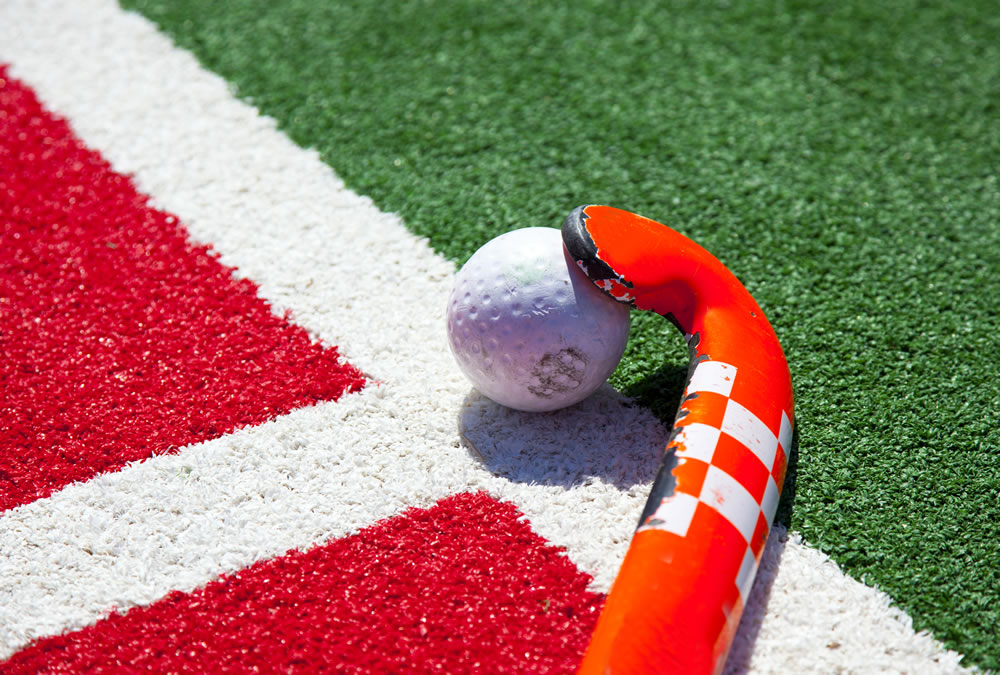The hip joint is made up of a ball and socket that provides a stable joint for weight bearing. The hip joint is closely associated with the movements of the pelvis and lower back therefore these areas can cause pain to radiate to the hip area. Pain commonly occurs either in the groin or on the outside of the hip or may travel down your leg. There may also be stiffness that limits activities like walking up stairs or kneeling towards the ground to put on shoes or socks. Hip pain is commonly caused by osteoarthritis in adults due to everyday wear and tear. If you have hip pain there could be damage to the surfaces of the bones that make up the joint or if you have strained your groin there could be damage to the adductor muscles that bring your leg towards your body.
Hip Pain
Common hip problems that we treat
We understand that whether you are a serious sports person or an enthusiastic amateur, no one likes to be away from their sport through injury.
- Arthritis (wear and tear) including Osteoarthritis
- Groin strain/ adductor strain
- Trauma related fracture/stress fracture
- Post Surgery e.g. Total hip replacement
- Piriformis syndrome
- Trochancteric bursitis

Who is affected by hip pain?
Over 45% of people in the UK have pain associated to arthritis. The older person is more likely to develop arthritis that may need a hip replacement. Other injuries to the hip may include a groin strain from sudden twists and turns, which are associated to sports including: Typical sports associated groin strain injuries include:
- Footballers
- Runners
- Rugby
- Karate
- Hockey

How Can Physiotherapy Help Your Hip Pain?
Our experienced physiotherapists will complete a thorough assessment to provide an accurate diagnosis for your hip pain. This will involve spending time with you asking about your symptoms and doing movements and tests to find out the origin of your pain. After this analysis of the cause of your pain we will treat the joints, muscles, nerves or ligaments that are causing your problem. As indicated by your examination treatment may involve;
- Hands on physiotherapy treatment e.g. mobilisations, manipulation and soft tissue massage
- Electrotherapy e.g. ultrasound, LASER
- Specific exercises, stretching and strengthening programmes
- Taping e.g. kinesiology taping or zinc oxide taping
- Advice on managing your condition and preventing the problem from recurring
We aim to restore your mobility and get you back to your daily activities or sport quickly and safely.
